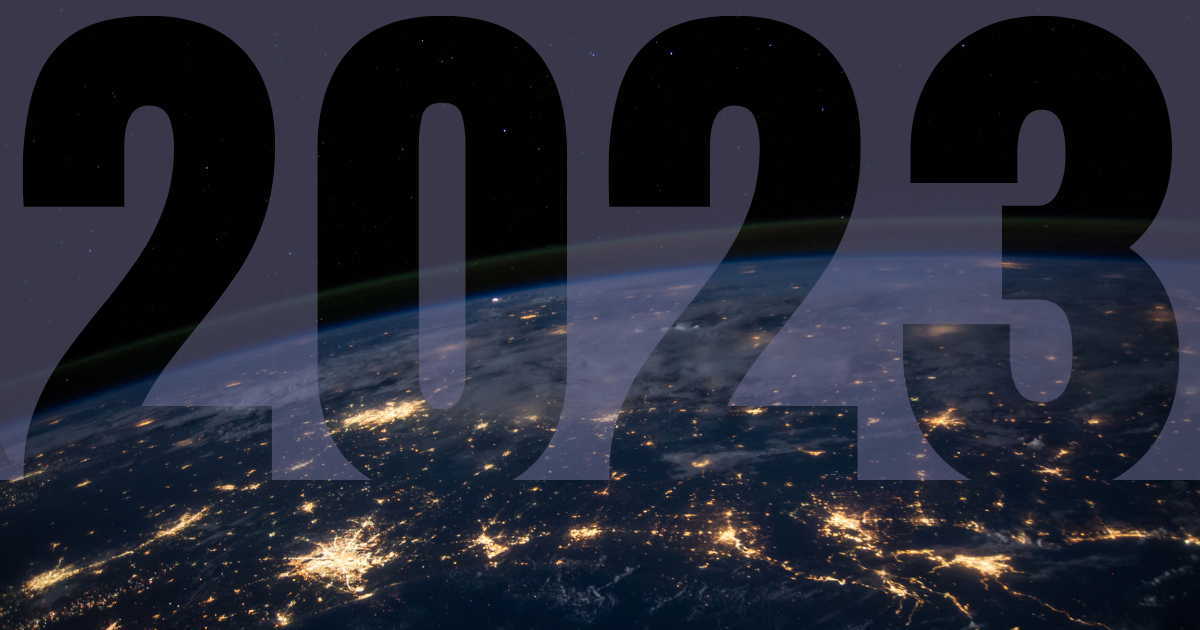
Lights at Night Turn Nocturnal Pollinators Off

Pollination is essential for the reproduction of many plant species. Some flowering plants rely on the wind or water to spread their pollen, but most depend on animals for pollination. Insects like bees, moths, and beetles are the largest group of animals to help with this process.
Unfortunately, the worldwide spread of light pollution may be interfering with this important interaction between plants and bugs, with the potential for negative consequences on both natural areas and cultivated lands.
A team of scientists in Switzerland recently investigated how the complex interactions between plants and pollinators were affected by artificial light at night. By setting up several ruderal meadows with LED street lamps, the scientists were able to compare the differences in numbers of pollinators and frequencies of their visits.
Focusing on one plant species, cabbage thistle, the ecologists counted 62% fewer insect visits to the lit meadows. They also noted 29% fewer pollinators than in the control plots, which resulted in 13% fewer fruits on the cabbage thistle plants they were studying. 1
These findings imply that the there is a relationship between diurnal and nocturnal pollinators. Based on the fact that there was reduced fruit production in the study plots, it seems that the pollinators who work during the day were not able to make up for the reduced activity of the pollinators on the night shift. According to one article on the study, “This loss of night time pollination cannot be compensated by diurnal pollinators.” 2 Additionally, there seems to be the potential for a negative cascade effect, because many of the plants these insects are helping to pollinate are important sources of food for them. 3
Artificial light affects pollination, and thus fruit production, in two distinct, but connected ways, according to an urban ecologist at the University of Southern California. Visualize a moth flying into a light at night—this is the first way, by misdirecting pollinators. The second way is by disturbing the circadian rhythms of plants and confusing their sense of time. Furthermore, plants and insects respond to varying wavelengths of light differently. 4 More research is needed to understand the complex interactions between plants, pollinators, and types of light.
Lots of attention has been given to the decline of bee populations around the world and their important role in pollinating agricultural crops. We can see pollinators working during the day, but their less visible nocturnal counterparts play an equally important role. “The findings have driven the researchers to demand action: ‘Urgent measures must be taken, to reduce the negative consequences of the annually increasing light emissions on the environment,’ says Knop,” lead author of the study. 5
1. Eva Knop, Leana Zoller, Remo Ryser, Christopher Gerpe, Maurin Hörler, Colin Fontaine. Artificial light at night as a new threat to pollination. Nature, 2017; DOI: 10.1038/nature23288
2. University of Bern. (2017, August 2). Light pollution as a new threat to pollination. ScienceDaily. Retrieved August 4, 2017 from http://www.sciencedaily.com/releases/2017/08/170802153907.htm
3. See note 1.
4. Gallegos, J. (2017). Streetlights may interfere with a bug’s most important job. The Washington Post. Retrieved from https://www.washingtonpost.com/news/speaking-of-science/wp/2017/08/02/streetlights-interfere-with-a-bugs-most-important-job/?utm_term=.d58a132c56ff
5. See note 2.



















